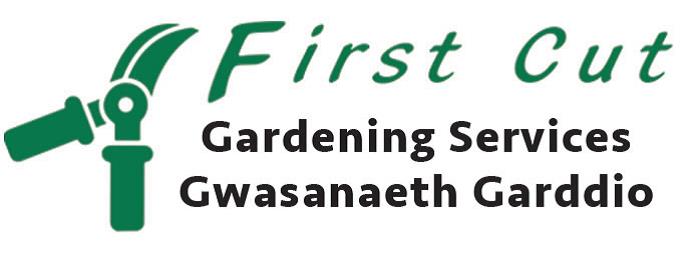Gardening Services in Llanrwst

Your local Gardener in Llanrwst
For your gardening needs please use the Free Estimates form you will find it here and I will get back to you.
We offer the following gardening services as follows:
- Grass Cutting
- Hedge Cutting
- Tree Surgery & General Tree Service
- Cut and Clear Overgrown Garden
- Winter Pruning, Reduction of Shrubs, Bushes & Hedges
- Removing Plants
- Planting Spring Beds & Borders
- Maintaining Beds & Borders
- Weed Suppression & Low Maintenance Landscaping
If you would like to leave a message about your gardening needs you can contact me here
You can also contact me by email. as I respond to all emails every evening
Email: firstcut.grasscuttingservice@gmail.com
Llanrwst (meaning "church or parish of Saint Grwst") is a small market town and community on the A470 road and the River Conwy, in Conwy County Borough, Wales. It developed around the wool trade, but also became known for harp and clock making. Today, about 3⁄4 mi (1.2 km) from the edge of Snowdonia, its main industry is tourism. Notable buildings include almshouses, two 17th-century chapels, and the Parish Church of St Grwst, which holds a stone coffin of Llywelyn the Great.
History
The site of the original church dedicated to St Grwst was Cae Llan in Llanrwst (land now occupied by the Seion Methodist Chapel). The current church of St Grwst is on land which was donated in around 1170 by Rhun ap Nefydd Hardd, a member of the royal family of the Kingdom of Gwynedd, specifically to build a new church so dedicated.
Llanrwst developed around the wool trade, and for a long time the price of wool for the whole of Britain was set here. The growth of the village in the 13th century was considerably aided by an edict by Edward I of England (who built Conwy Castle) prohibiting any Welshman from trading within 10 miles (16 km) of the town of Conwy. Llanrwst, located some 13 miles (21 km) from that town, was strategically placed to benefit from this.
In 1276, Llywelyn ap Gruffudd, Prince of Wales, seized the town, declaring the Free Borough of Llanrwst independent from the diocese of Llanelwy. Although this was contested by the bishop, the borough retained its status both through the lifetime of Llywelyn and later through the efforts of Aberconwy Abbey, which ripped down banners related to the bishopric or to Edward I of England. A century later, after the monastery moved to Maenan Abbey, the town had its own coat of arms and flag, the origin of the local motto "Cymru, Lloegr a Llanrwst" (Wales, England and Llanrwst).
This motto, a testament to this apparent independence, has now become synonymous with the song of that title by a local band, Y Cyrff. When the Llanrwst Almshouses & Museum Trust closed in 2011, it returned to the community the 12th-century Llanrwst flag, as an emblem central to the town's belief in its independence.
In 1610 Sir John Wynn of Gwydir had the historic Llanrwst Almshouses built to house poor people of the parish. The buildings closed in 1976, but were restored in 1996 with the aid of Heritage Lottery funding, reopening as a museum of local history and a community focal point. The museum held a collection of over a hundred items relating largely to the rural Conwy valley, and a number of items are associated with the renowned Llanrwst Bards of the late 19th century; it closed as a museum in 2011, but reopened in 2013 as the new council chamber.
Grade I-listed Pont Fawr, a narrow, three-arched stone bridge said to have been designed by Inigo Jones, was built in 1636 by Sir Richard Wynn (son of Sir John Wynn) of Gwydir Castle. The bridge connects the town with Gwydir, a manor house dating from 1492, the 15th-century courthouse known as Tu Hwnt i'r Bont and also with the road from nearby Trefriw.
Llanrwst hosted the National Eisteddfod in 1951 and 1989, and will hold it again in 2019.


